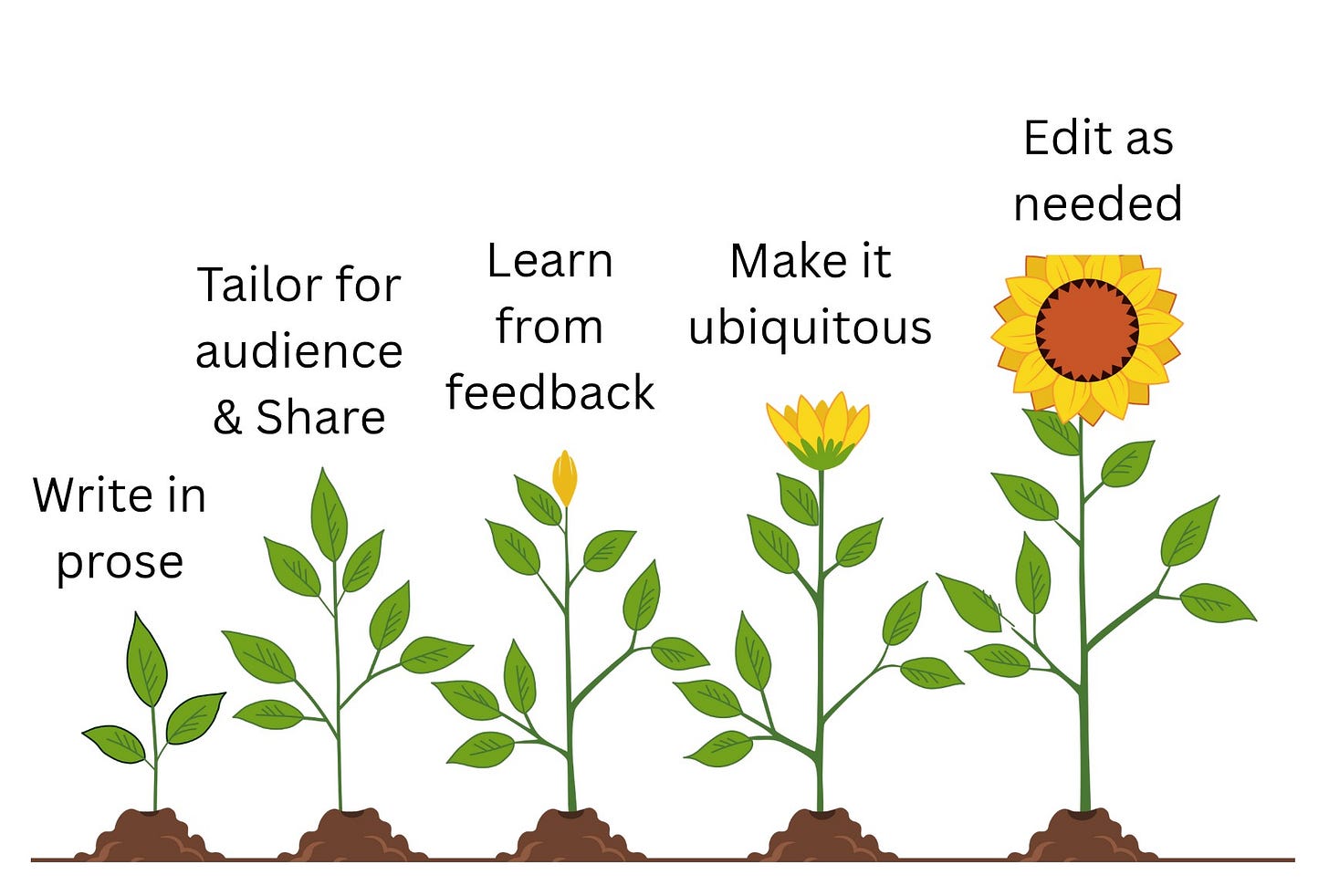Storytelling Your Product Strategy: A Playbook
How I use storytelling and AI tools to communicate my product strategy
At the start of this year, I wrote the strategy for my product.
I began with a word document that described what we do today, what we will do in the future, why it is important, who our target audience is, what features will differentiate us, what we will not do, a now-next-later roadmap of what we will deliver, and what open questions still needed to be answered to prove or disprove assumptions.
The document also laid out how success would be measured. It included known OKRs, known customer problems, and unknowns where measurement still had to be defined.
Perplexity was particularly useful for surfacing recent research in search results. Once the white paper was drafted, I used NotebookLM to continue the research. I loaded the paper and reference material into it, then asked for deeper analysis on the market, competitors, and trends. The insights went back into the document, refining and strengthening the strategy.
When the paper was complete, I turned it into a podcast (using NotebookLM in-built feature) so busy executives could listen to the strategy instead of reading a 20-page whitepaper.
From there, I went on a roadshow. I distilled the strategy into a handful of slides, updated them regularly as we got new questions, and adjusted the voice-over narrative depending on the audience. Later, I created a sizzle reel in Canva as a three-minute video highlighting high-impact use cases so senior leaders could quickly see the end-state vision.
The Playbook
This approach taught me that telling the story of the product strategy is not a one-time exercise. It is an ongoing cycle.
Write it first. Even if only one person reads it, writing the full strategy forces clarity. It creates space to explain the details, reference research, and share deep insights.
Use AI tools for depth. Tools like NotebookLM and Perplexity help dig into research, uncover recent data, and frame insights more effectively.
Tailor the story. Not everyone has time for 20 pages. Some want slides, some want a podcast, and some want a 3-minute sizzle reel. The format must match the audience and their attention span.
Learn from feedback. Every roadshow conversation shapes the next version. Questions and reactions reveal what is resonating, what is unclear, and where assumptions need proof.
Keep repeating. Strategy only works if it’s understood. Repetition builds alignment and eventually makes the story ubiquitous.
Treat the document as a living artifact. Strategy is never finished. Update it as assumptions are tested, new data arrives, and priorities shift.
Summary
A strategy is only as strong as the story around it. Writing the full narrative sharpens thinking. Translating it into different formats ensures the message travels. AI tools speed up the research and strengthen the case. Feedback keeps it alive. And the more you tell the story, the more it becomes part of the organization’s DNA.
I'd love to hear what format have you used to make the strategy stick?

